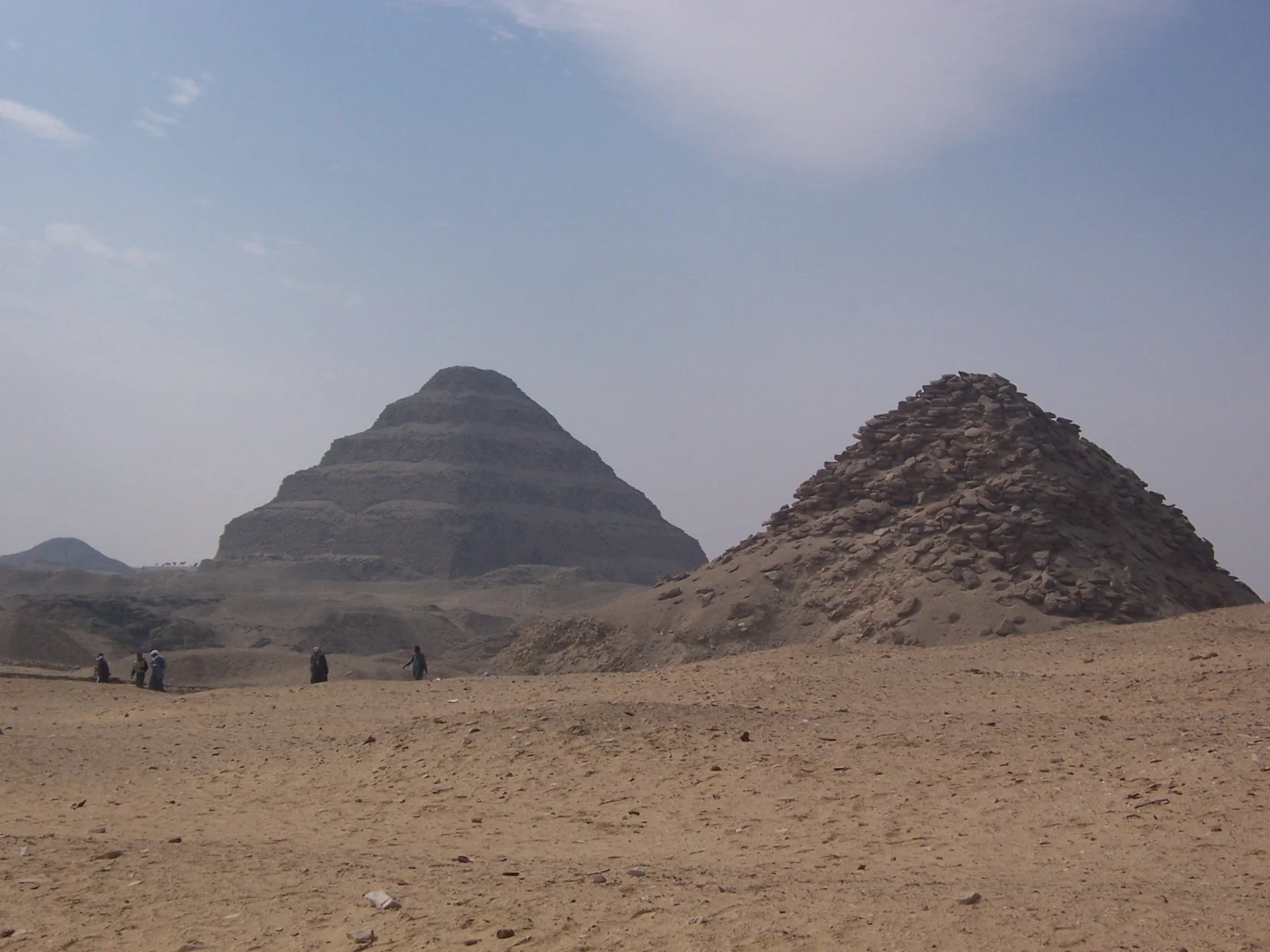
Dr Katherine Slinger: Private Tomb Distribution in the New Kingdom
ZOOM ONLY EVENT
The Theban Necropolis contains hundreds of tombs belonging to elite individuals, dating from the end of the Old Kingdom through to the Ptolemaic Period, with the vast majority dating to the New Kingdom (c.1550-1077BC). These tombs are scattered across the landscape at the edge of the desert between the Valley of the Kings to the west, and the row of royal mortuary temples along the edge of the cultivation to the east. This lecture will focus on New Kingdom private tomb distribution and investigate this apparently random arrangement of tombs by focusing on factors which may have influenced tomb location. GPS surveying has enabled the spatial analysis of these tombs, demonstrating that specific areas of the necropolis were popular at different times and among particular groups of people. Clusters and patterns can be identified between tombs built during the same reign(s), as well as between tomb owners with similar titles and familial connections. The orientation of specific tombs towards Karnak temple, royal mortuary temples and festival processional routes, reveals their significance to certain individuals. This research provides a deeper understanding of the necropolis, and how private tombs linked to the wider sacred landscape of Thebes.
Dr Katherine Slinger was awarded her PhD in Egyptology from the University of Liverpool in 2020 in Egyptology for her research into the non-royal Theban Necropolis. She graduated with a first-class degree in Egyptology in 2014, and a Master's degree with Distinction in Egyptology in 2015, both from the University of Liverpool. She is also a qualified primary school teacher.
Kath works as a Lecturer in Egyptian Archaeology at the University of Manchester, where she teaches on the online Certificate, Diploma and MA courses in Egyptology and delivers the Short Courses in Egyptology. She has lectured in Egyptian Archaeology at the University of Sheffield and Durham University and worked as a hieroglyphs tutor in the Continuing Education Department at the University of Liverpool. Her thesis has recently been published as a monograph with Archaeopress.
Entry: £5 members, £7 non-members


































